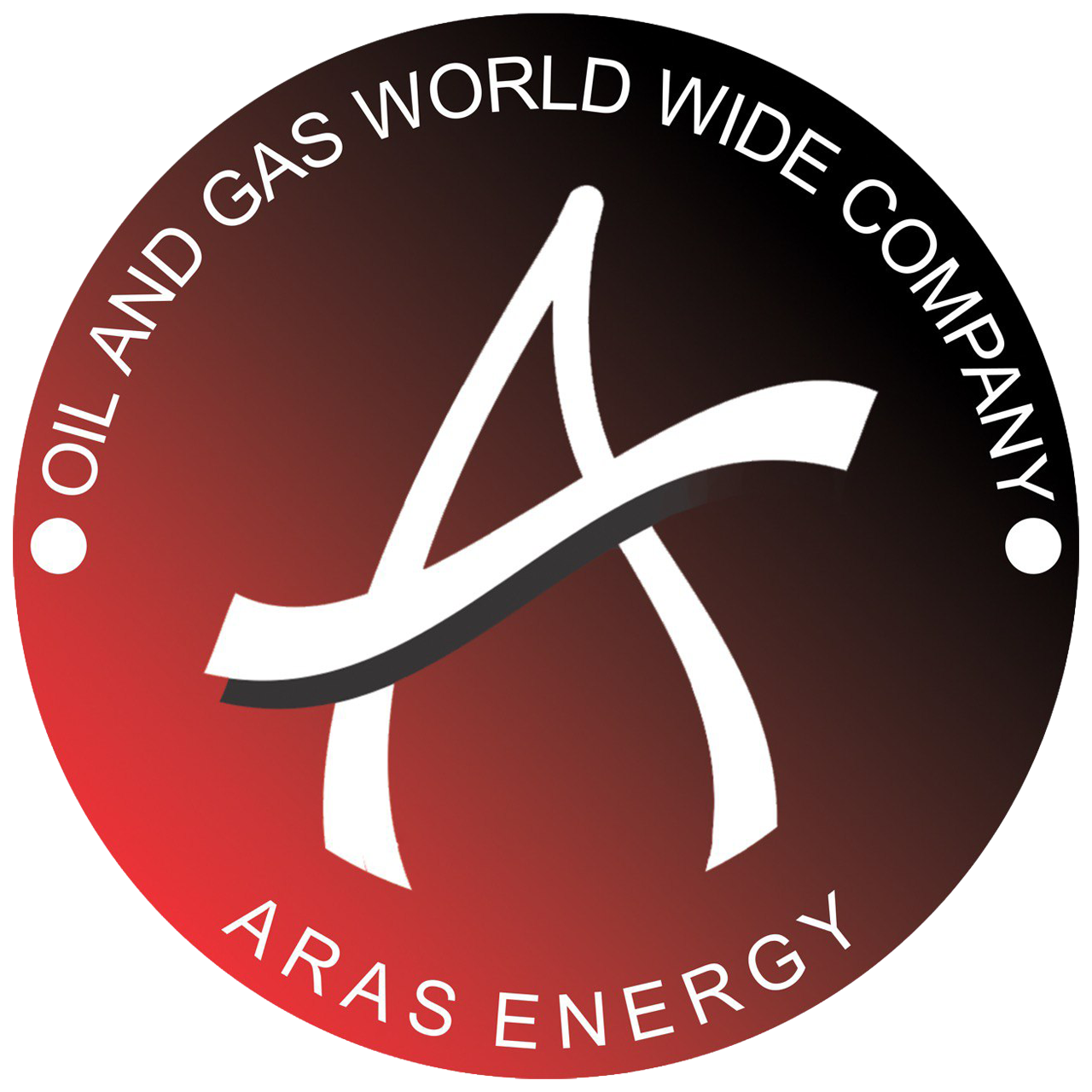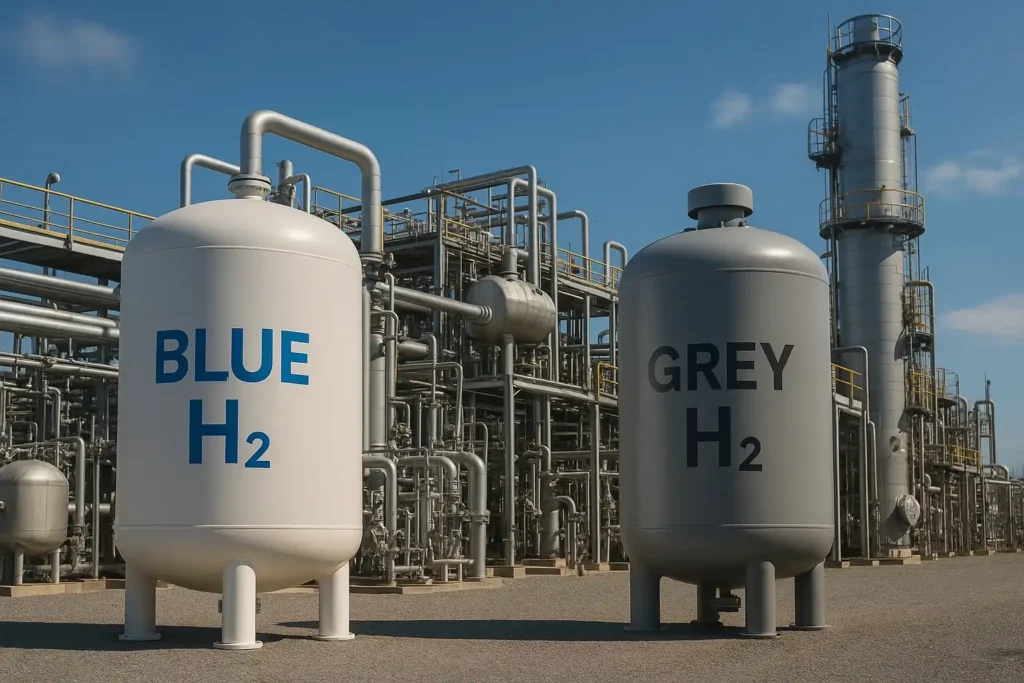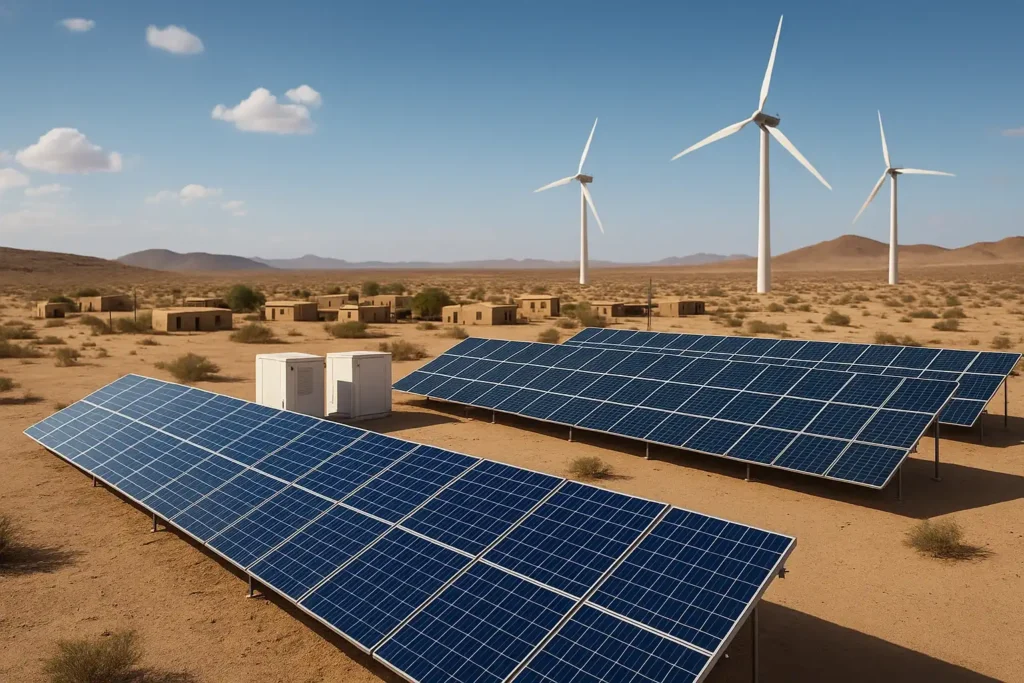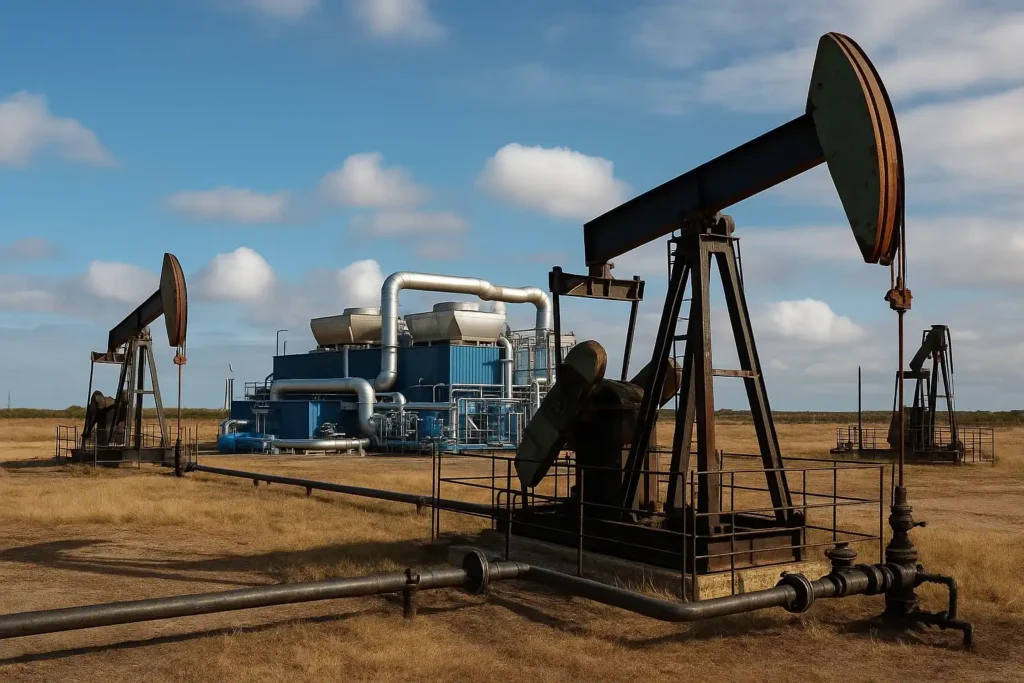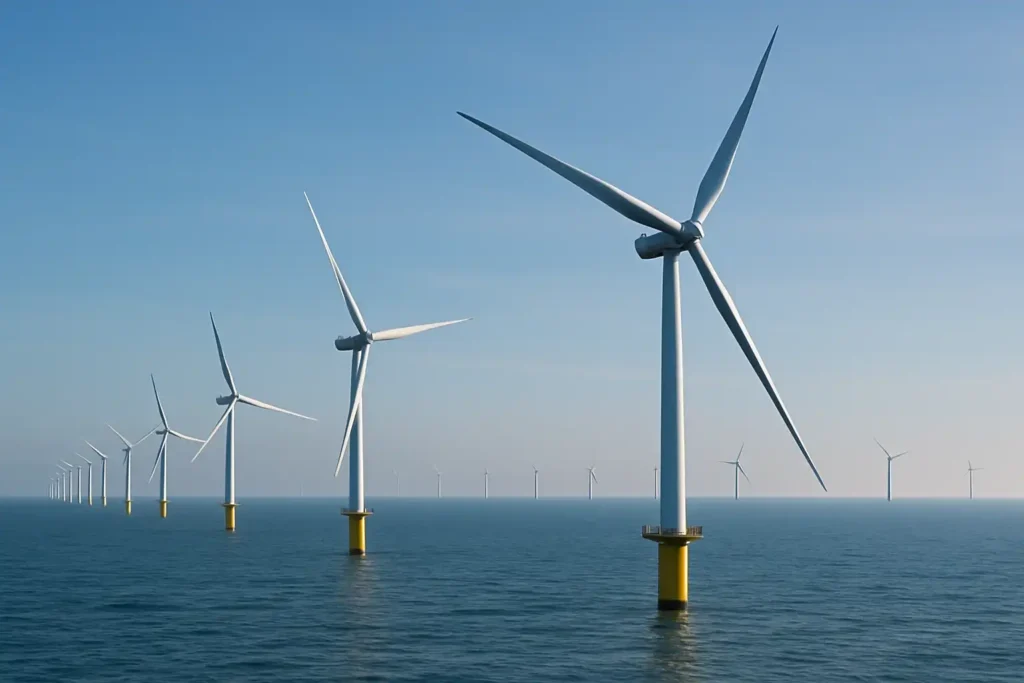With increasing global pressure to achieve climate goals and reach Net-Zero emissions by 2050, Carbon Capture, Utilization, and Storage (CCUS) technology has moved beyond the research phase and is becoming a core pillar for reducing CO₂ emissions, entering industrial and operational phases.
In 2025, CCUS is no longer just a “forward-looking solution,” but part of the decarbonization strategy for heavy industries, power plants, refineries, and even hydrogen production. This article provides a comprehensive overview of the global CCUS status, technical and economic trends, flagship projects, challenges, and development opportunities in the Middle East and UAE.
What is CCUS and Why is it Important?
CCUS consists of three main components:
- Carbon Capture: Capturing CO₂ from industrial sources or the air
- Utilization: Using CO₂ in industrial processes such as synthetic fuel, plastics, or concrete production
- Storage: Injecting CO₂ into underground reservoirs for permanent storage
This technology enables emission reductions in industries for which clean alternatives are not available in the short term (such as steel, cement, refineries, and gas-fired power plants).
Global CCUS Status in 2025
According to the International Energy Agency (IEA) and Global CCS Institute:
- Operational CO₂ capture capacity worldwide has reached about 50 million tons per year
- Over 230 CCUS projects are in various development stages across 45 countries
- Approximately 15 large-scale industrial projects came online in 2024
- If all planned projects are executed, global capacity could reach 150–200 million tons per year by 2030
Flagship CCUS Projects in 2025
🇺🇸 USA – DAC + Storage Projects (Texas / Louisiana)
- Two massive direct air capture (DAC) projects
- Combined capacity: 2 million tons CO₂ per year
- US government investment: $3.5 billion (DOE DAC Hubs)
🇳🇴 Norway – Longship Project
- Europe’s first full-scale CCUS project
- Captures CO₂ from a cement plant and injects into the North Sea
- Storage capacity: 400,000 tons per year
🇸🇦 Saudi Arabia – CCUS in Aramco Refineries
- CO₂ capture from gas and oil units
- Part of the national Circular Carbon Economy program
- Targeted final capacity: 9 million tons per yea
🇦🇪 UAE – Al Reyadah Project (ADNOC)
- Middle East’s first CCUS project
- Captures CO₂ from Emirates Steel and injects into oil fields for Enhanced Oil Recovery (EOR)
- Capacity: 800,000 tons per year
CO₂ Utilization Pathways in Industrial Projects
Application | Description |
Enhanced Oil Recovery (EOR) | Injecting CO₂ into reservoirs to increase oil recovery |
🧱 Construction Materials Production | Using CO₂ to produce carbon-positive concrete |
🛢 Synthetic Fuel Production | Combining CO₂ with hydrogen to produce methanol and e-fuels |
🧪 Chemical Processes | As feedstock in urea, polymers, and additives production |
Role of CCUS in Global Carbon Reduction Strategy
The IEA and IPCC emphasize that without CCUS, achieving Net-Zero targets is nearly impossible, especially in:
- High-emission, hard-to-electrify industries (e.g., cement and steel)
- Natural gas power plants (which have replaced coal in the short term)
- Blue hydrogen production instead of gray hydrogen
- Direct air capture (DAC) to offset uncontrollable emissions
Current Challenges of CCUS
- High cost of CO₂ capture and storage ($40 to $120 per ton)
- Lack of CO₂ pipeline and storage infrastructure in new regions
- Environmental risks and public concerns about underground leakage
- Lack of long-term financial incentives in some countries
- Need for standardized Monitoring, Reporting, and Verification (MRV)
Development Solutions for CCUS in Emerging Countries
- Formulating incentive policies such as carbon corridors and negative emissions taxes
- Using low-cost capture technologies (e.g., chemical absorption with amines)
- Creating shared CO₂ transport and storage infrastructure among multiple industrial companies
- Utilizing international sources like the Green Climate Fund and World Bank
Special Opportunities for UAE and Aras Energy
Given UAE’s natural gas infrastructure, depleted oil reservoirs, and advanced oil recovery technologies, the environment is highly favorable for CCUS development.
Aras Energy can pioneer in:
- Consulting and EPC for small-scale CCUS projects in refineries and industrial plants
- Providing MRV services and designing CO₂ storage monitoring systems
- Collaborating with ADNOC, Masdar, and UAE’s Ministry of Energy on joint projects
- Developing blue hydrogen plants with CCUS technology
CCUS in 2025 has moved beyond the “laboratory” phase into industrial, scalable, and commercial stages. With increasing international projects, financial incentives, and carbon market demand, this technology is expected to become a major player in global carbon reduction futures.
Companies like Aras Energy, by entering this field smartly, can strengthen their position as technology leaders in the region while contributing to environmental sustainability.
